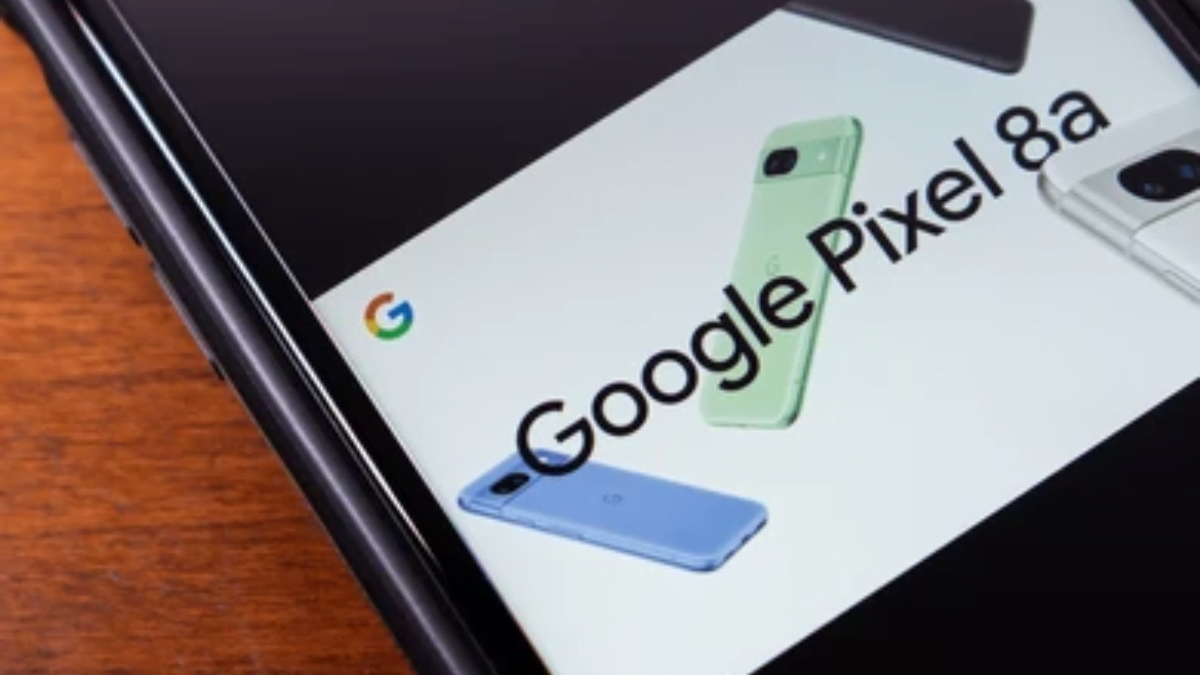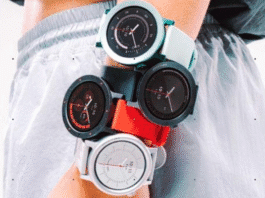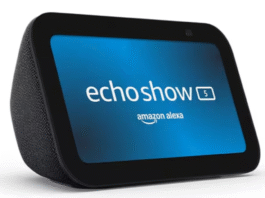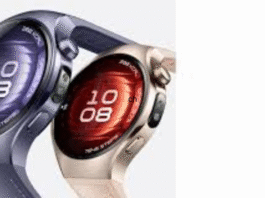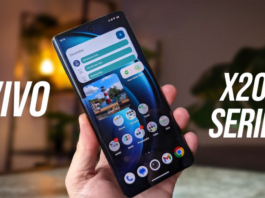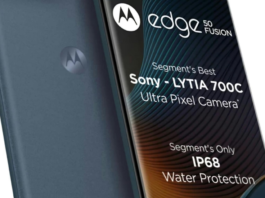Introduction
The Google Pixel 8a is now available in many markets via the official Google Store or third-party retailers. It looks much like the original Pixel 8, offering a streamlined feature set and a slightly lower price. But is it the one you should get? Let’s find out.
Pixel 8a Overview
What the Pixel ‘a’ Series Stands For
The Google Pixel 8a is the next installment in the Pixel ‘a’ series, which many consider stands for ‘affordable.’ The logic is sound— the design has been simplified, the cameras are less complicated, and the connectivity is less premium. And finally, it is cheaper than the Pixel 8, even if not by a large margin.
Design and Build
The Google Pixel 8a has a similar design to its predecessor, but its front glass is an older Gorilla Glass 3, and the rear part is entirely made of plastic, including the camera housing. It is IP67-rated for dust and water resistance and is available in familiar colorways: Obsidian, Porcelain, Bay, and Aloe.
Display and Performance
Display Features
The Google Pixel 8a employs a slightly smaller 6.1-inch OLED screen with extended 1080p resolution and a 120Hz refresh rate. This makes for a smooth and responsive user experience, whether you’re scrolling through apps or watching videos.
Hardware and Software
Under the hood, it has the same Tensor G3 chip as the Pixel 8 and offers the same memory configuration of 8GB RAM + 128GB UFS storage. Running on Android 14, it provides a seamless and intuitive user experience.
Camera Capabilities
Rear Camera Setup
Of course, the camera is what everyone thinks of when hearing a Pixel, and it will be one of the most discussed aspects of the Pixel 8a. Here we have a dual-camera setup like on the Google Pixel 8A but with different sensors—a 64MP OIS primary and a 13MP FF ultrawide.
Front Camera Features
The front camera is also 13MP, with the same ultrawide lens as on the Pixel 8. This makes it perfect for selfies and video calls, offering crisp and clear images.
Battery Life and Charging
Battery Specifications
Finally, the Pixel 8a is powered by a 4,492mAh battery capable of up to 30W or so fast wired and up to 7.5W of wireless charging. This ensures that your phone lasts throughout the day, even with heavy usage.

Google Pixel 8a Specifications
Body and Build
Dimensions: 152.1×72.7×8.9mm
Weight: 188g
Material: Glass front (Gorilla Glass 3), aluminum frame, plastic back
Water Resistance: IP67 (up to 1m for 30 min)
Display
Type: 6.10″ OLED
Features: HDR, 120Hz, 2000 nits (peak)
Resolution: 1080x2400px, 20:9 aspect ratio, 430ppi
Additional: Always-on display
Performance
Chipset: Google Tensor G3 (4 nm)
CPU: Nona-core (1×3.0 GHz Cortex-X3 & 4×2.45 GHz Cortex-A715 & 4×2.15 GHz Cortex-A510)
GPU: Immortalis-G715s MC10
Memory: 128GB 8GB RAM, 256GB 8GB RAM; UFS 3.1
Operating System
OS: Android 14
Camera
Rear:
Wide (main): 64 MP, f/1.9, 26mm, 1/1.73″, 0.8µm, dual pixel PDAF, OIS
Ultra-wide angle: 13 MP, f/2.2, 120˚, 1.12µm
Front: 13 MP, f/2.2, 20mm (ultrawide), 1.12µm
Video Capture:
Rear: 4K@30/60fps, 1080p@30/60/120/240fps, OIS
Front: 4K@30fps, 1080p@30fps
Battery
Capacity: 4492mAh
Wired Charging: 18W, PD3.0
Wireless Charging: 7.5W
Connectivity
5G
eSIM
Wi-Fi
Bluetooth 5.3
NFC
Miscellaneous
Fingerprint Reader: Under display, optical
Speakers: Stereo
Unboxing the Google Pixel 8a
What’s in the Box?
Google was one of the first makers to limit the retail box contents. The Pixel 8a package includes a USB-C cable and a USB-A-to-C adapter. And that’s it. Still, it’s two accessories more than what Sony would give you in the Xperia retail box, so we guess we should not complain.
Review and Recommendations
General Impressions
Recommending Google’s newest Pixel phones is almost always easy to do because they are often priced under the competition and deliver incredible camera and software experiences that we tend to prefer. That’s the case again for the Pixel 8a, making it a phone we would certainly tell you to put on the list.

Disadvantages of Google Pixel 8a
Noticeably Chunky Bezels
The display feels outdated due to the noticeably chunky bezels. While they weren’t large enough to feel distracting or noticeable in everyday use, they are quite prominent when compared to other devices in the same price range.
Plastic Back and Outdated Gorilla Glass
It’s 2024, and a plastic back feels cheap. The older Gorilla Glass 3 on the front also seems outdated compared to the newer models in the market.
Tensor G3 Performance and Heating Issues
While the Tensor G3 chip provides decent performance, there have been reports of heating issues during extensive usage.
Price Too Close to the Pixel 8
The Google Pixel 8a is priced too close to the Pixel 8, making it a less attractive option for those looking to save money.
Slow Wired and Wireless Charging Speeds
The slow 18W wired charging is a glaring omission on the spec sheet, especially when compared to other devices offering faster charging speeds.
Pixel 8a vs. Pixel 8

The Google Pixel 8a and Pixel 8 have a lot in common, but there are quite a few differences between the two devices as well. Google’s cheaper phone has a slightly lower-capacity battery and a screen that’s just a hair smaller (6.1 inches versus 6.2). You won’t get Battery Share, the feature that lets you use your phone as a wireless charger for other compatible accessories, on the Google Pixel 8a.
The Pixel 8 also supports faster wired charging and is rated for IP68 water resistance instead of the Pixel 8a’s IP67 rating. That may be important to consider if you spend a lot of time outdoors and prefer not to use a case. The difference in the ratings means that the Pixel 8 can be submerged under more water (1.5 meters versus 1 meter) than the Pixel 8a.
The cameras also differ, although you’ll get a wide and ultrawide rear camera on both models. The Pixel 8a’s camera has a higher resolution, but the pixels aren’t as wide, and the camera lacks laser detect autofocus and a macro focus mode. You also won’t get spatial audio, which creates a surround sound-like effect, with the Google Pixel 8a.
That may sound like a lot, but for this price, they’re sensible compromises that likely won’t make a difference to most people.
Detailed Design and Display Analysis
Pixel 8a Design
The Google Pixel 8a’s design strongly resembles the Pixel 8 and Pixel 8 Pro. Google rounded out the edges, giving it a softer feel compared with the Pixel 7a. The back also has a nice matte finish that feels more premium and is also likely less prone to fingerprint smudges compared with the glossy Pixel 7a and Pixel 8.
Color Options
You have four color options to choose from: Aloe (green), Bay (light blue), Obsidian (black), and Porcelain (white). The Aloe green color is particularly striking, offering a slightly bolder and brighter mint shade of green.
Storage Considerations
The downside, however, is that if you need more storage, you’ll have to opt for the Obsidian color since that’s the only variant available in a 256GB configuration. Otherwise, you’ll have to be content with 128GB since the Pixel 8a doesn’t support expandable storage, like most modern phones. This is one aspect that makes the competing $400 Samsung Galaxy A35 5G unique; it’s one of the few new devices to support expandable storage up to 1TB.
Display Quality

The bezels framing the Google Pixel 8a’s screen are noticeably larger than the Pixel 8’s, although you’re not going to be thinking about this unless you’re looking at the two phones side by side. They weren’t large enough to feel distracting or noticeable in everyday use, though, and they’re small in comparison to the forehead and chin on Apple’s similarly-priced $429 iPhone SE.
Google says it boosted the Pixel 8a’s display brightness compared with the Pixel 7a. This makes the 8a’s screen easier to read in bright sunlight and outdoor conditions. The vibrant colors and deep blacks that OLED panels are known for are still very much present, making the display a highlight of this phone.
In conclusion, the Google Pixel 8a is a compelling option for those looking for a solid mid-range smartphone. Its design, while not groundbreaking, is functional and attractive. The performance is robust enough for most tasks, and the camera setup, despite some compromises, still delivers the high-quality images the Pixel line is known for. If you can look past the slightly outdated Gorilla Glass and the plastic back, the Pixel 8a offers great value in the competitive mid-range market.
Discover more from currentnewschannel.com
Subscribe to get the latest posts sent to your email.
